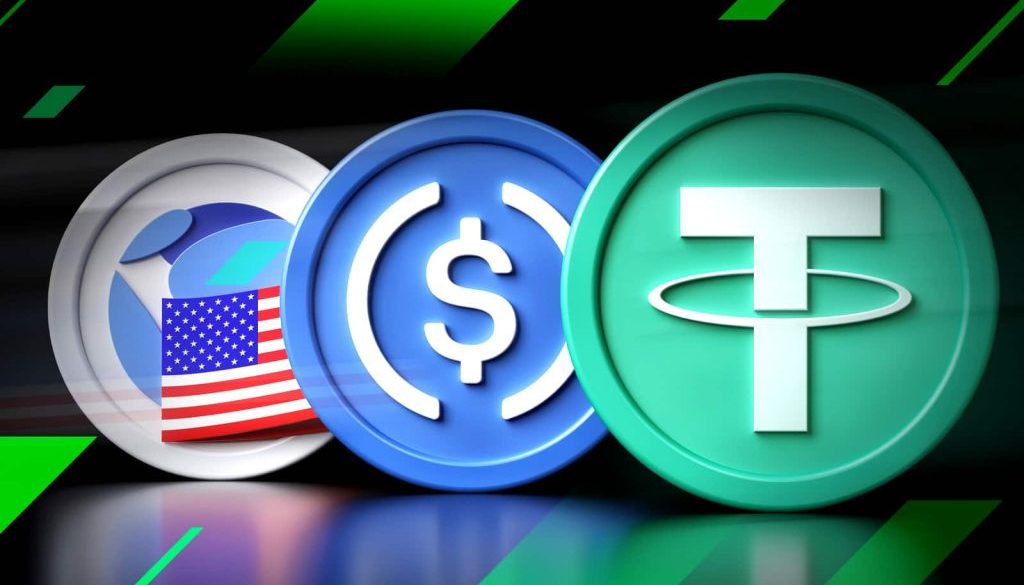The Great CBDC Bait-and-Switch: How Stablecoins Could Become the New Surveillance Currency
While Trump is busy posturing against CBDCs, his administration is actively laying the groundwork for stablecoins to fill the exact same role
When Donald Trump announced his bold opposition to central bank digital currencies (CBDCs), many cheered. “Finally,” they said, “a politician who’s putting a stop to the technocratic surveillance money.” But as with most things in politics, the devil is in the details — and what’s happening now is a classic bait-and-switch.
While Trump is busy posturing against CBDCs, his administration is actively laying the groundwork for stablecoins to fill the exact same role. Same control grid, different branding.
Legislation like the bipartisan GENIUS Act (Guiding and Establishing National Innovation for U.S. Stablecoins) is being fast-tracked with little public awareness. The bill aims to give legal clarity for banks and institutions to launch stablecoins backed by the U.S. dollar and other “super safe” assets like short-term treasuries.
Maxine Waters’ proposed version of the bill would give the Federal Reserve a tight grip on the leash. In contrast, the GOP’s versions offer more flexibility — but still push for global coordination and reciprocity with other countries’ stablecoin regimes. That doesn’t sound like decentralization. That sounds like a global surveillance coin with a shiny new label.
Let’s be clear: these aren’t wild crypto projects operating outside the system. These are institutional stablecoins, fully compliant, fully trackable, and fully programmable. And that’s the point. The state doesn’t need to build a CBDC from scratch when it can co-opt a private system that functions identically — just with a more palatable image for the freedom-loving crowd.
The move toward stablecoin regulation isn’t just about innovation. It’s about control.
In this emerging system, stablecoins become the digital dollar’s trojan horse — a way to track and freeze accounts, limit purchases, and enforce social or political compliance, all under the banner of “fighting terrorism” or “protecting consumers.”
Just last month, FinCEN dropped the Currency Transaction Report (CTR) threshold to $200 in select border counties — meaning withdrawing just a couple hundred dollars in cash could trigger federal surveillance. If you think this kind of micro-tracking won’t be baked into regulated stablecoins, think again.
That’s why privacy-preserving cryptocurrencies like Zano are becoming more important than ever. Unlike government-friendly stablecoins or transparent networks like Bitcoin and Ethereum, Zano was built for financial sovereignty. Private by default, decentralized by design, and resistant to surveillance by architecture.
And make no mistake — the people who hate Zano the most are the same ones going after people like Roger Ver, who have dedicated their lives to creating tools that challenge the state’s monopoly on money. They don’t want financial freedom. They want programmable, taxable, trackable tokens with expiration dates — and if you don’t spend them right, they vanish.
The truth is, the war on CBDCs isn’t over. It just changed uniforms. And unless people start waking up to the bait-and-switch happening right in front of them, they’ll soon be cheering for their own financial chains — only this time, they’ll come with a flag, a QR code, and bipartisan approval.





